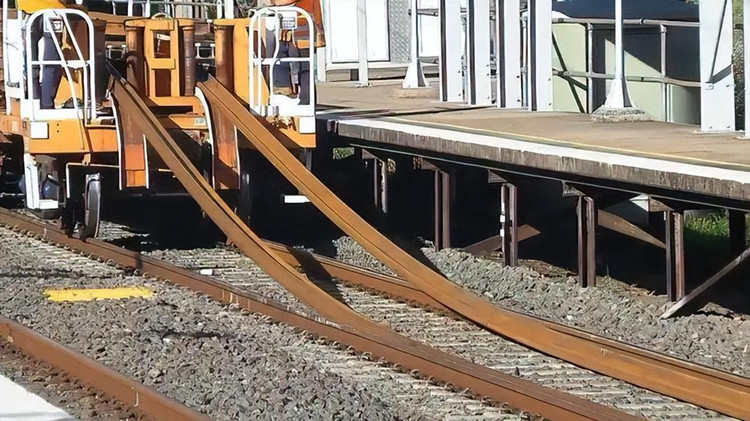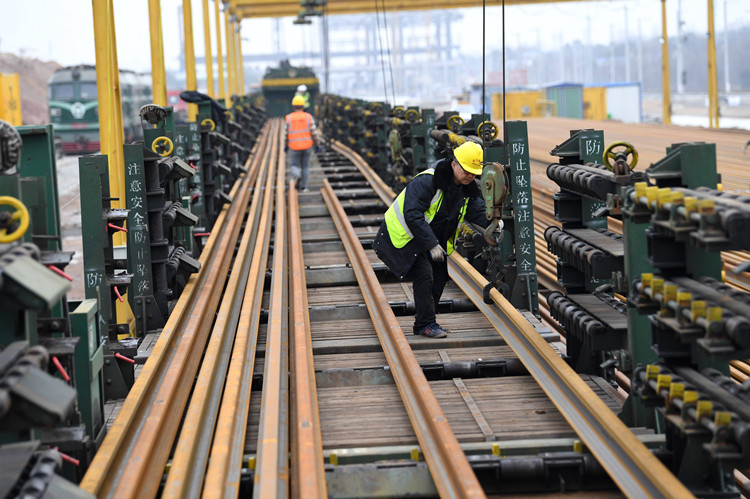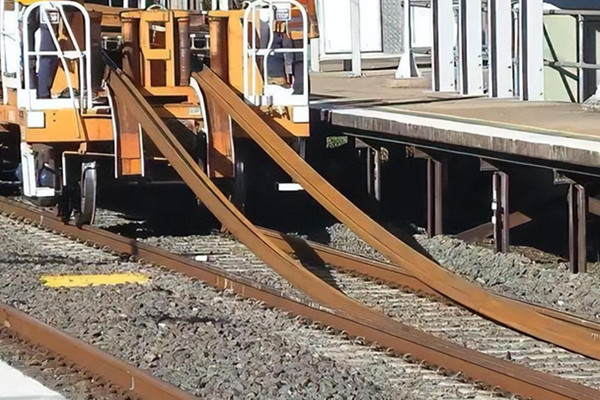A high-speed steel rail is 500 meters long and weighs 30 tons. How are such long rails laid?
There are strict regulations and quantitative standards for the hoisting, transportation, and unloading of rails. The staff must be very meticulous.
The speed index of modern high-speed rail is to reach more than 250 kilometers per hour. China's high-speed steel rail can reach a speed of 350 kilometers per hour. If there is a problem with the rails at such a high speed, it will definitely cause serious accidents. Even the old green train has a speed of 150 kilometers per hour. If the rails are not good, it will still cause derailment.

Many friends think that building a railway is to build a foundation and then a group of people carry a long and heavy rail and fix it on the sleepers. This construction method is old-fashioned. Times have changed.
China now relies on various engineering machinery to build railways, and there are special machines for laying sleepers made of cement and steel bars. As for the rails, they do not need to be laid manually. The 500-meter-long rails are welded from five 100-meter-long rails. This seamless welding technology is also unique in the world.

After the joints of the two rails are calibrated with lasers, they are squeezed together at a high temperature of 1400 degrees Celsius and then quickly cooled. After the welding is completed, the interface must be tested again, which engineering experts call the "drop hammer test". A steel hammer weighing 1 ton falls heavily from a height of 5 meters and hits the interface. After the hammering, an ultrasonic detector is used to detect whether there are cracks at the interface. Only after passing the test can the track laying vehicle be installed.
After arriving at the laying section, these 500-meter-long rails will be hoisted onto a special machine called a ballastless track laying machine. This machine is independently developed by my country and no other country has it. The working efficiency of the ballastless track laying machine is very high. One machine can replace the workload of 500 workers. Friends who have had the opportunity to visit the construction of high-speed railways will find that there are very few workers involved in laying the tracks. After the tracks are laid, they need to be polished, and after the polishing is completed, the tracks are considered to be completed.



Get In Touch